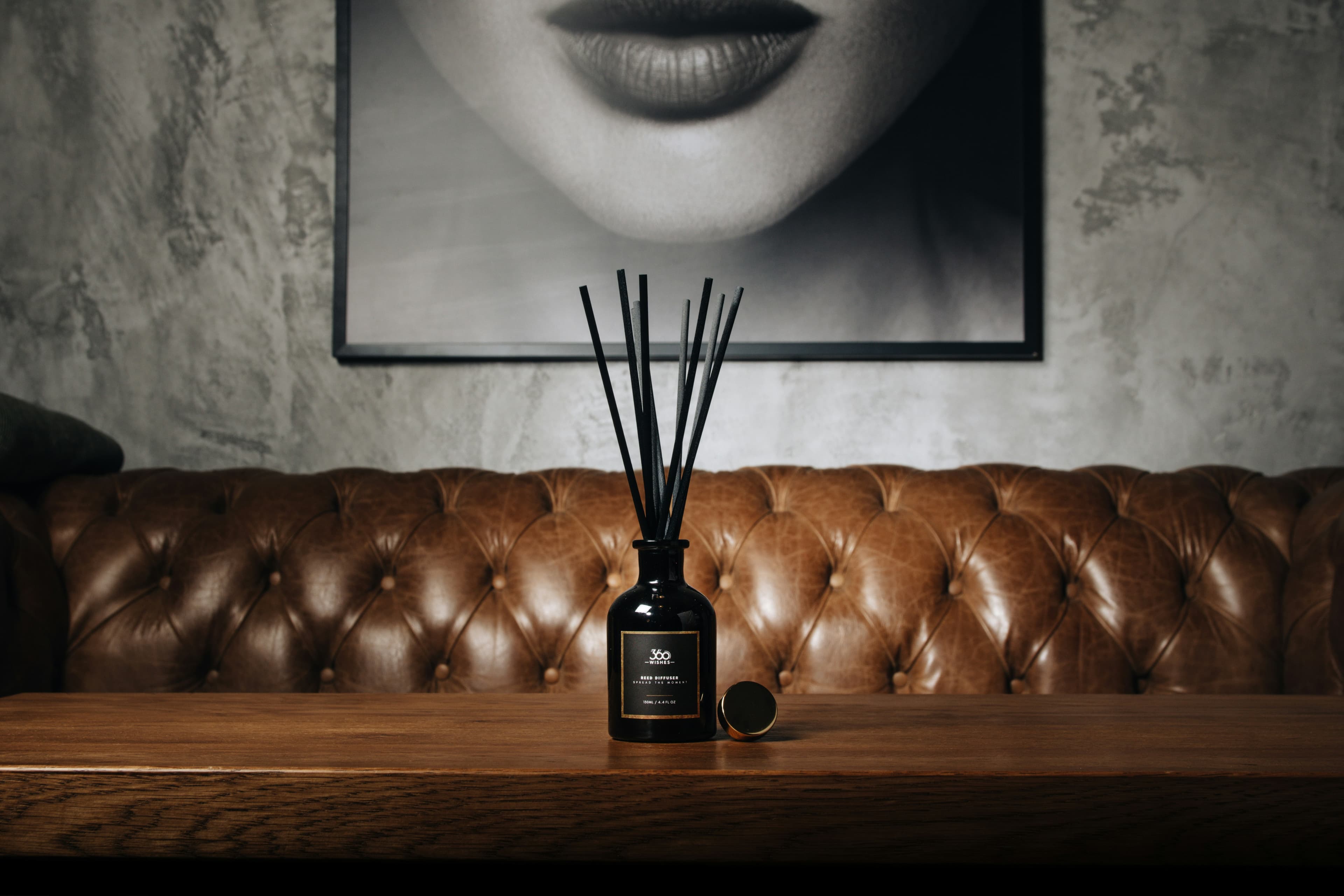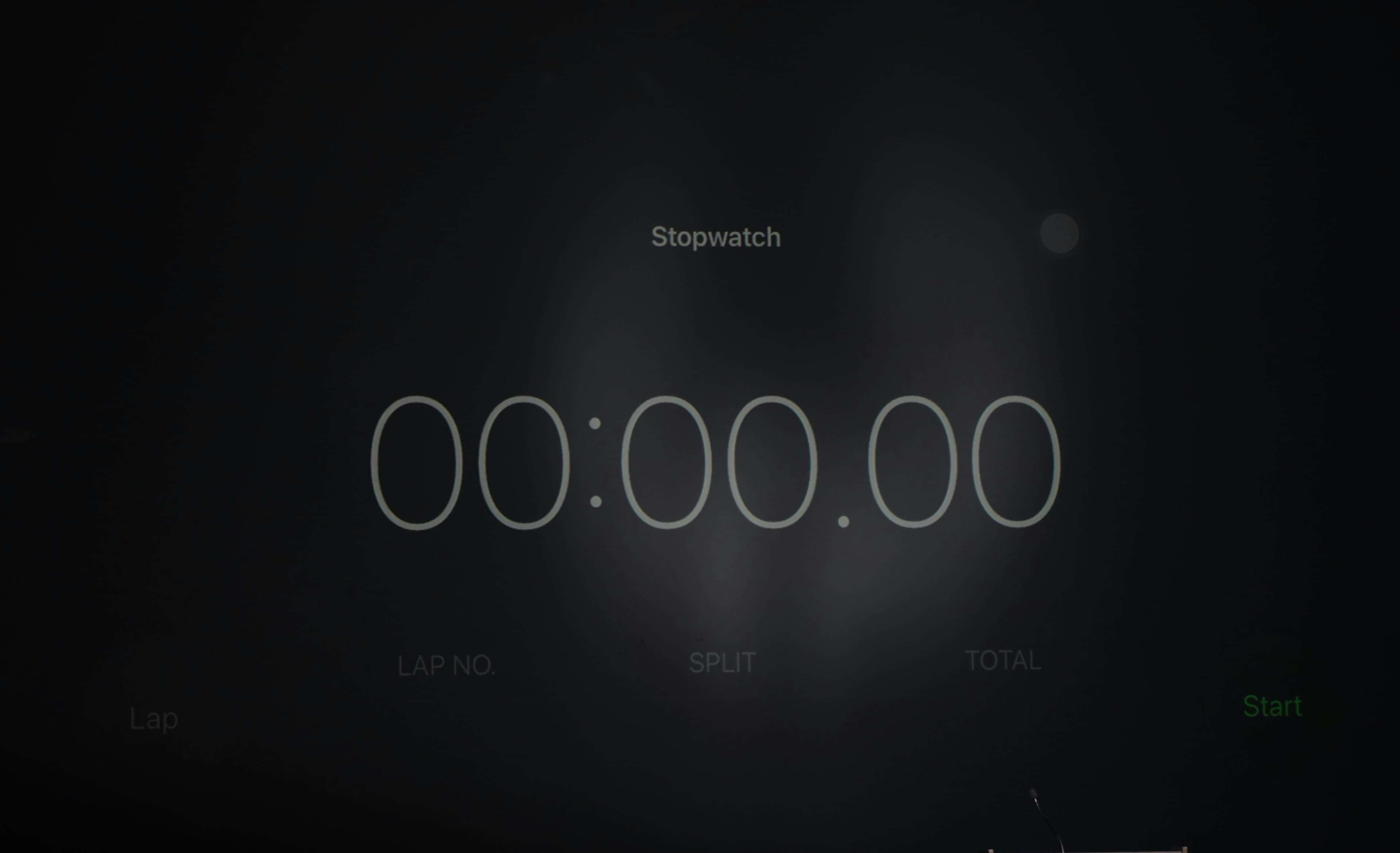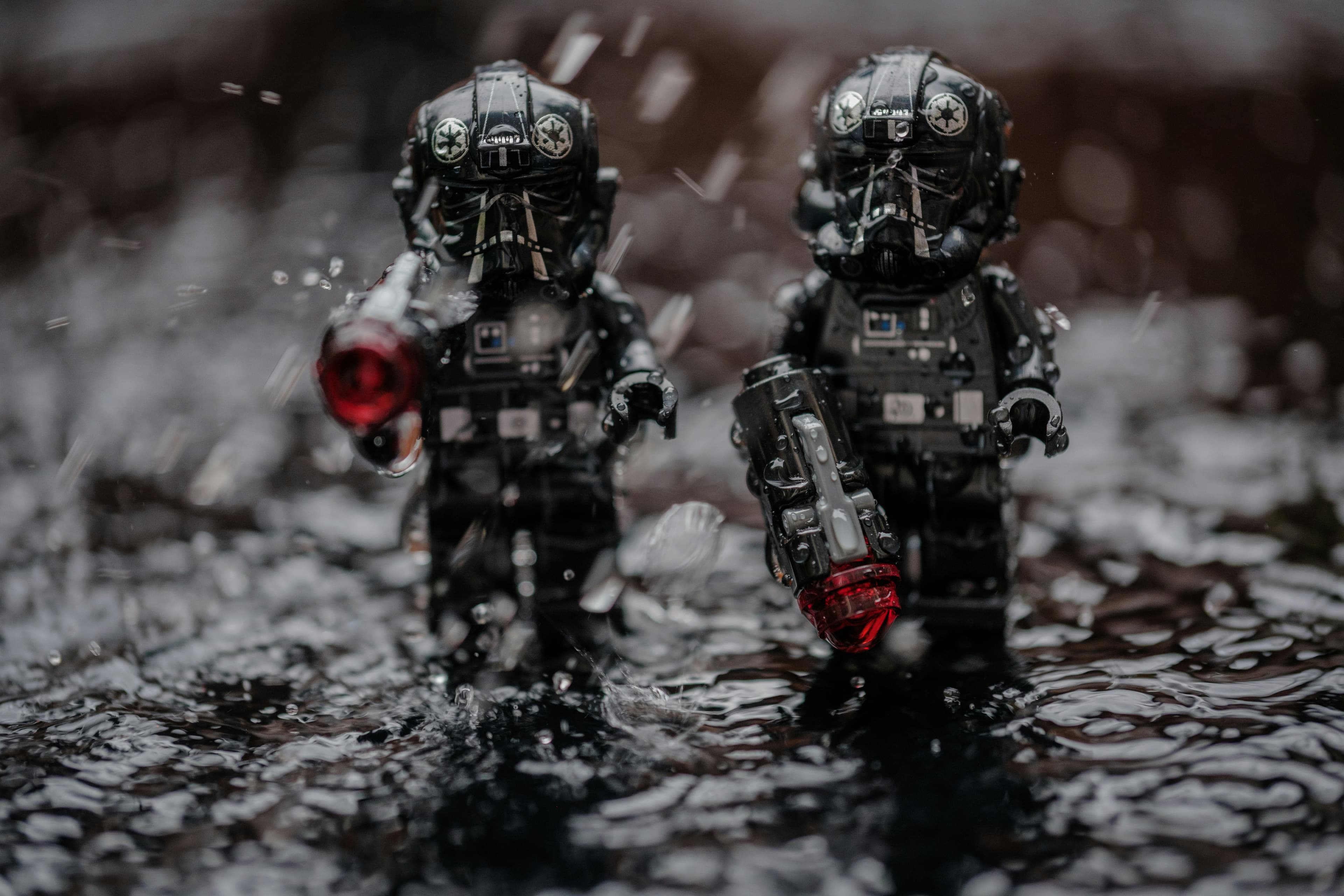The Scent of Memories, A Prompt Away
By Troels Marstrand
May 12, 2025


Our sense of smell is a portal. A portal into our memories and emotions. A single molecule hits a receptor, and you are instantly a child again, hiding in the folds of your grandmothers coat. Or walking by the ocean with the taste of salt on your lips, the cool moist air on your face.
Fragrance is not a product, it is a narrative. When we buy perfumes, we buy dreams, projected selves, alternate lives. We buy intimacy, desire, power, belonging, nostalgia. But these are not our dreams. They are manufactured. Carefully crafted by global marketing teams with cinematic lighting, influencer partnerships, and heaps upon heaps of consumer research and insight. You are not choosing a scent, you are subscribing to a story someone else wrote.
But why? Because the tools to navigate to our dream scent are not available. Scent is notoriously hard to describe. Most people do not speak the language of aldehydes and heart notes. We say “fresh”, “sweet” or “reminds me of summer”. Without knowing the fundamentals of fragrance families, and what “fresh” should actually refer to in terms of base notes. We borrow metaphors, describe what we know, and struggle for the words we lack. Our nose is sensitive, our language blunt.
So we rely on others. We buy what the billboard tells us is sexy. What the TikTok algorithm tells us is clean. What the celebrity campaign tells us is confident. But it is not us. We were never included in that story.
But what if our dream scent already exists – but we are just not able to find it? We need better tools to translate emotion into chemistry. Not through ontologies, taxonomies or training, but via intuition, association and proxy.
We react to visuals. The color of fog, the shape of a flame. We recognize the emotion in textures: the dry crack of leather, the cool slap of mint, the warmth of sunlit wood. These are not perfumery terms. They are human ones. And we can all understand them and have emotions associated with them. And they are all we need.
Navigating by proxy, finding patterns, and filling in the spaces of indirect meanings is the super power of large language models. Through embeddings of language, images and preferences we can build systems that don’t require us to speak “perfume”. We just need to feel, react and evoke. The system will draw the conclusions, make the associations, and offer a way.
Imagine a system where you react to an abstract image, a phrase, provide a memory, collect a mood board. And what it returns is not a bottle, but descriptions of emotions evoked by scent. Your inner world expressed in atomized vapors. We know how to build mirrors, and we know how to make scent. Now we need to marry the two such that all of us can have a scent of ourselves, of our story.
Let's Design your Company's Future!
We work with a select number of leaders who are serious about winning. If that’s you, let’s talk.


